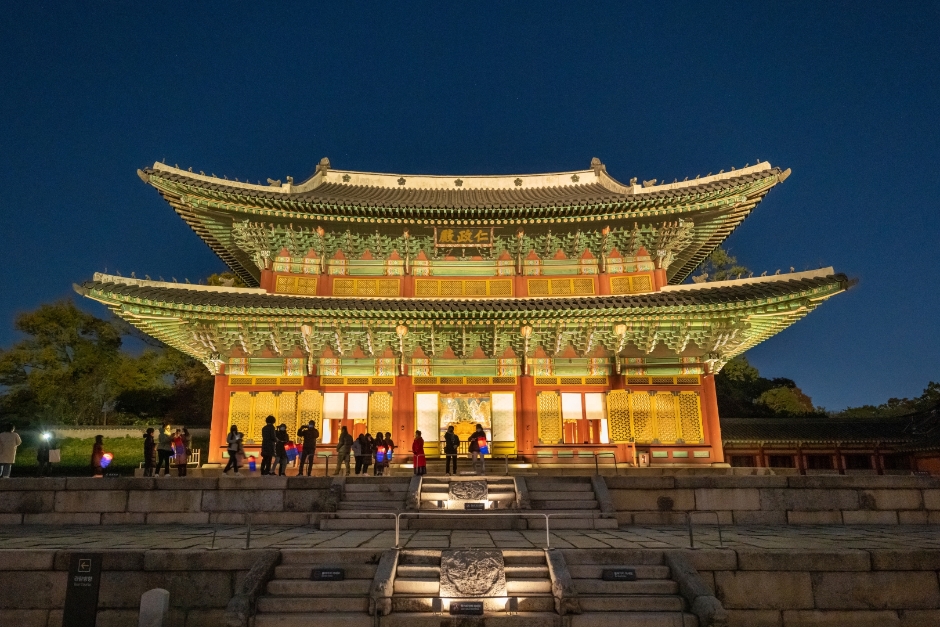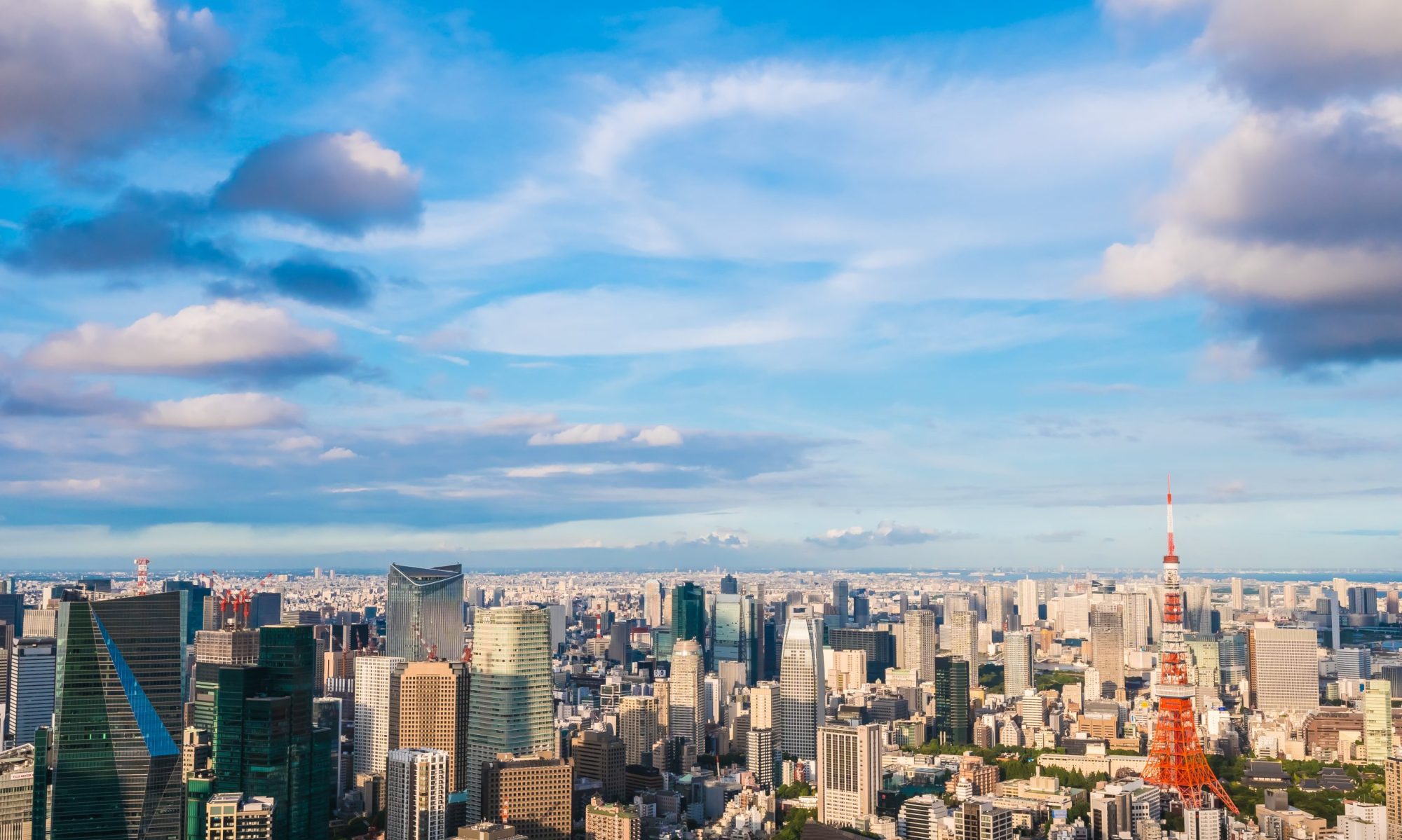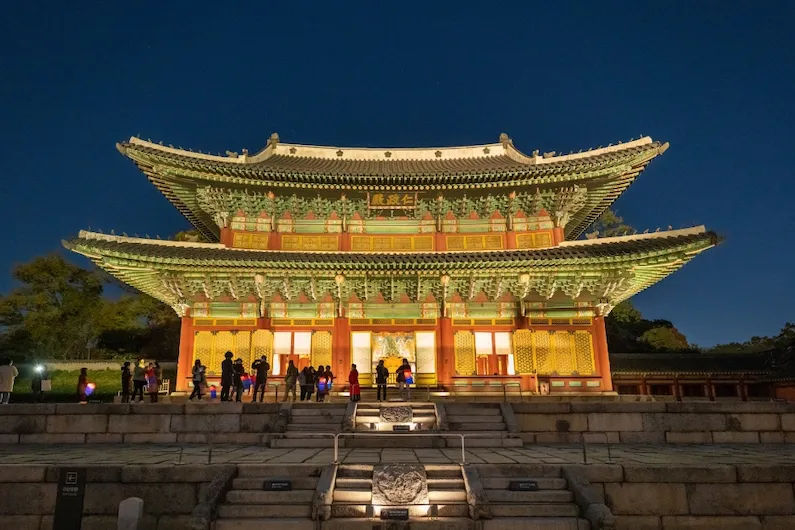Changdeokgung Moonlight Tour 🌙
Dates: April 10th, 2025 – June 15th, 2025
The Changdeokgung Moonlight Tour offers a unique opportunity to explore the serene beauty of Changdeokgung Palace, a UNESCO World Heritage site, under the soft glow of the moon. This guided tour program allows visitors to experience the palace’s rich history and traditional architecture, enhanced by the tranquil ambiance of the evening. The program includes traditional art performances, adding another layer of cultural immersion to the experience.
What to Expect
The Moonlight Tour is more than just a walk through a historical site; it’s a curated journey through Korean history, culture, and landscape architecture. With a professional guide leading the way, participants will gain insights into the significance of each building and the stories behind them.
Due to ongoing construction at Donhwamun Gate, this year’s tour will commence at Geumhomun Gate. The carefully planned route encompasses key areas of the palace, including:
- Jinseonmun
- Injeongjeon
- Huijeongdang
- Nakseonjae
- Sangnyangjeong
- Buyongji
- Bullomun
- Aeryeonjeong
- Yeongyeongdang
- The Huwon forest trail
Program Highlights
- Night Tour: Experience the palace grounds and learn about the history and landscaping.
- Traditional Art Performances: Enjoy traditional Korean art forms at Sangnyangjeong and Yeongyeongdang. These performances are specifically chosen to complement the atmosphere of the Moonlight Tour.
- Expert Guided Explanations: Benefit from specialized commentary provided by guides trained specifically for the Moonlight Tour, offering a deeper understanding of the palace’s history and significance.
- Comprehensive Tour Route: The route is designed to showcase the most captivating parts of the palace, ensuring a memorable and enriching experience.
Practical Information
- Admission: The event is ticketed, with a capacity of 150 people per day.
- Participation Fee: 30,000 won per person.
- Discounts:
- A 50% discount is available for people with disabilities. For those with severe disabilities (formerly grades 1-3), the discount applies to both the individual and one companion. For those with mild disabilities (formerly grades 4-6), the discount applies only to the individual.
- A 50% discount is also offered to National Merit recipients (recipient only).
- Address: 99 Yulgok-ro, Jongno-gu, Seoul (Waryong-dong) 📍
- Accommodation: For those planning to stay overnight, nearby accommodations can be found here. 🛏️
- Contact: 1522-2295 📞
- Homepage: www.kh.or.kr 🖥️

What is Changdeokgung Palace?
Changdeokgung Palace, situated in Seoul, South Korea, is one of the Five Grand Palaces from the Joseon Dynasty. Known for its seamless integration with the surrounding landscape, the palace is a UNESCO World Heritage Site, recognized for its architectural and historical importance. Built in 1405, it served as the main residence for many Joseon kings and is often regarded as the most aesthetically pleasing of the palaces due to its design that respects the natural terrain.
The palace complex comprises various buildings, pavilions, and gardens, with the Huwon, or Secret Garden, being particularly notable. This garden exemplifies Korean landscape architecture, featuring ponds, greenery, and strategically placed pavilions that provide a peaceful retreat from the city. The design of Changdeokgung embodies Confucian principles of simplicity and harmony with nature, representing traditional Korean palace architecture.
Visitors to Changdeokgung can explore its significant halls, such as Injeongjeon, the throne hall, and Daejojeon, the queen’s residence, each displaying detailed craftsmanship and historical artifacts. The palace’s combination of natural beauty and architectural sophistication offers insight into Korea’s royal history, making it an essential destination for those interested in history and culture.


